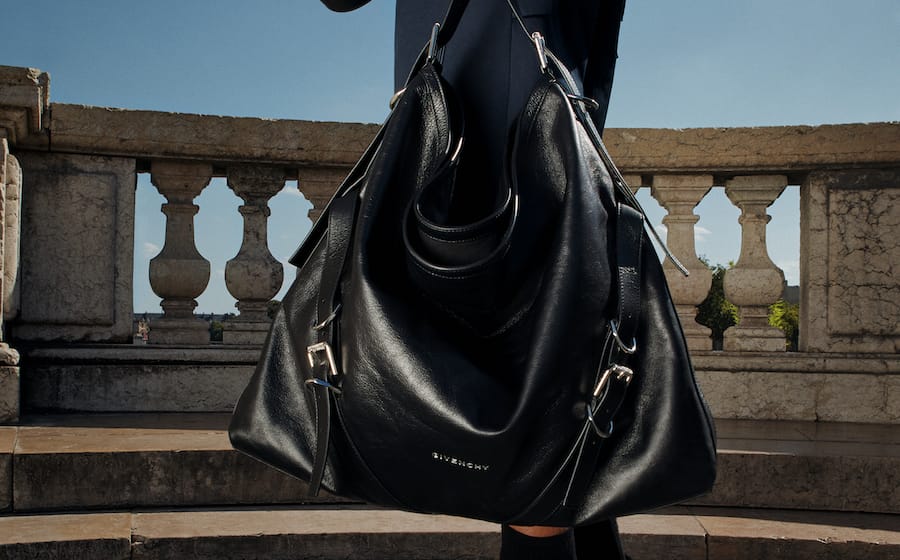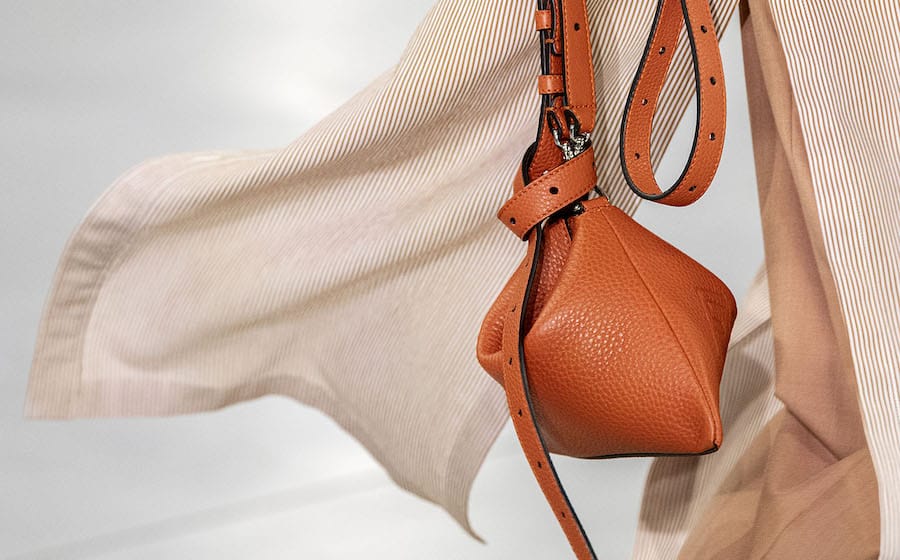Riccardo Tisci’s rise from a humble student of fashion to designing for the storied house of Givenchy is a classic rags-to-riches tale. To begin, he wasn’t even the first choice to take over from Julien McDonald at the Parisian label in 2005; better known names like Zac Posen, Alber Elbaz, and Roland Mouret were offered the job but they all apparently turned it down.
It is to his credit that, despite the odds stacked against him specifically his relatively unknown status, Riccardo quickly took charge and turned the label’s fortunes around, hitting all the right notes with every collection. His latest menswear, for instance, was described by one critic as “a powerful combination of hard-edged elegance of monochromatic tailoring, and the physicality of extreme sportswear”.
Raised by a single mother and the only boy among eight sisters in Taranto, Italy, Riccardo grew up poor and had to take on various odd jobs to supplement the family income by the time he was 12. As soon as he finished high school at 17, he left Italy for London where he studied at Central Saint Martins. His graduate show received rave reviews, and he returned to Italy where he found work as a designer at Ruffo Research, the company that helped put talents such as Raf Simons, Sophia Kokosalaki, and Haider Ackermann on the map.

“I come from a very humble background that taught me to appreciate simplicity that some would say borders on the primitive. I don’t have taboos or fears, and I draw strength from that.”
But weeks before he was to show his first collection, Ruffo Research underwent a major restructuring exercise, and cancelled the show. Dejected, Riccardo fled to India to seek solace only to end up in an atelier specialising in hand embroidery that rejuvenated his creative juices. He managed to raise money for a show featuring the lavish embroidered pieces, and it was such a stunning success that it led to his own label in 2004. A year later, Marco Gobbetti, CEO of Givenchy, made him the offer that he promptly accepted, mainly to stop his mother from having to sell his childhood home.
After debuting with the haute couture line in 2005, he received a call from Queen Rania of Jordan who asked him to design an entire wardrobe for her. Within two years, Givenchy was back in the black, and successfully transformed its image from the purveyor of polite elegance a la Audrey Hepburn to an edgy champion of the bold and beautiful. In 2009, Riccardo took over the brand’s menswear from Ozwald Boateng, effortlessly translating the dark themes prevalent in the women’s line for the men.
Fashion Forward
“Fashion is always evolving, and I’d like to see Givenchy stay iconic and current,” declares the 38-year-old designer. “Givenchy is an amazing fashion house and a really big name, but it has to be fresh. My approach is quite pragmatic; I want almost every piece on the runway to look right on the streets. Givenchy’s tailored and refined look will always be present, but the idea is to create clothes that are also wearable and empowering.”
With his first men’s collection for the label, Riccardo rejected the (then) trend of dressing boys; instead, he sent out tough-looking fellas in shocking pink lace shirts, and the now emblematic man-skirt, an interpretation of the Scottish warrior’s kilt. He claims that he never designs for himself but relies on muses for inspiration, one of whom was transgender model, Lea T.

This controversial choice is typical of the designer’s penchant for subverting traditional gender perceptions. His men’s shows often featured female models. “I love toying with gender paradigms, and the cross between masculinity and femininity. Sending female models down the men’s runway creates a surprising and enriching experience. I want to show that women are just as capable of looking incredibly chic in men’s clothes.”
It is quite evident that Riccardo does not design for the typical male. “In some countries, the idea of men in skirts is not taboo at all. But you also have to understand that I come from a very humble background that taught me to appreciate simplicity that some would say borders on the primitive. I don’t have taboos or fears, and I draw strength from that.”
It comes as no surprise then that Riccardo doesn’t differentiate between men and womenswear. “My approach for both is to do something that’s chic and timeless. I like to think that they can still look beautiful 10, 20 years from now.”
What does he think about before he begins work on a new collection? “I think it’s always important to tell a story, to create a specific mood. I don’t think I approach my work in an academic manner like a classical designer. I work on emotions, on what attracts or touches me. My collections are never really based on one thing.”









